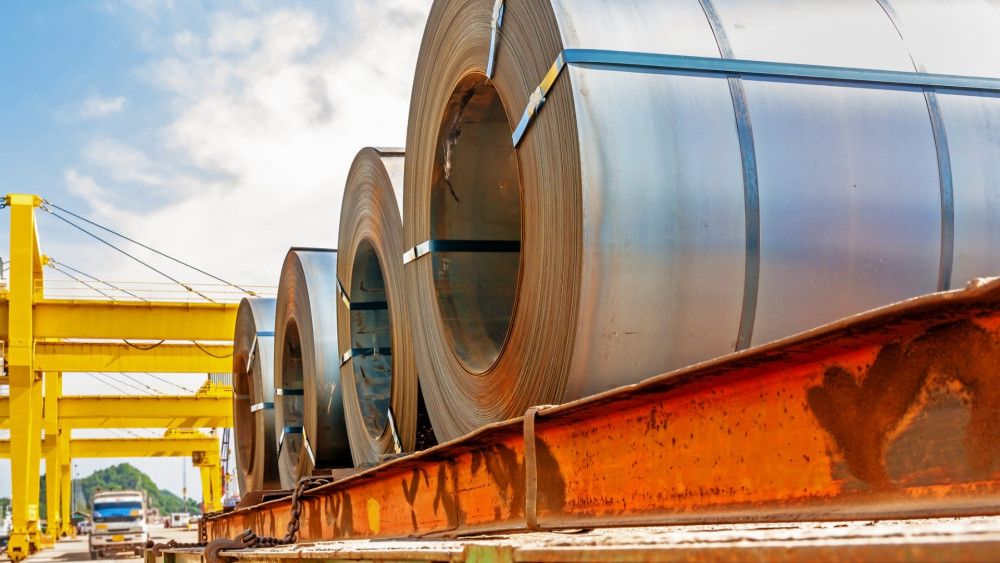Thursday November 21, 2024
- ALL NEWS
- SMALL & MEDIUM ENTERPRISES (SME)
- INTERNATIONAL TRADE
-
REGIONS
-
NON-REGIONAL
Search

For many years now, steel has had the power to affect the balance of trade. Because it is considered necessary among many different industries, shortage of steel, a surplus of steel, tariffs on steel, and new trade deals involving steel have all significantly impacted the economy and trade of various countries. But amidst a global pandemic, is the status of steel still the same? And what does its current status mean for the trading world?
Although a lot of countries are involved in the production of steel, China is still way ahead of the game. According to CNN, the country accounted for 49% of its global production in 2017 and is currently the world's largest producer and consumer of steel. However, in 2018, in an attempt to revive the steel industry in the US and reduce the trade deficit with China, President Trump imposed a 25% tariff on Chinese imports, beginning the US-China trade war. Unfortunately, the World Trade Organization (WTO) sided with China in this legal challenge, threatening America’s trade deficit, which was at its worst point in 12 years. But President Trump’s efforts did not stop there. In a desperate attempt to give steel manufacturers in battleground states a win before the presidential election, he has moved to curb steel imports from Brazil and Mexico as well. A similar move was made on Canadian aluminum tariffs but has been lifted for now. It is a very turbulent time for American manufacturers and exporters, and the ongoing pandemic and the upcoming election has only worsened the situation.

However, even before the COVID-19 pandemic, the metal sector was already experiencing early signs of a demand drop in 2019. With the increasing tariffs, trade wars, and now the imposition of global lockdown measures, the steel industry must brace itself. Along with daily monitoring and forecasting demand, companies must be able to strategize business continuity plans that can quickly address unforeseen variables. Metals manufacturers must also improve their forecasting for increasing and lowering demand in non-essential industries. As long as demand is still there, steel manufacturers can recover from this decline. And it seems to be rising, seeing how China had an increase in demand for steel in recent months.
Learn More with Exports News
Exports News makes it easy for our readers to learn more about the developments in international trade. Subscribe to our newsletter today, and we will help you stay informed and up-to-date.
No Comments
Add comment



We’re happy you are satisfied with Exports News. Please let us know if you need enything!
support@exportsnews.comWe’re sorry your experience was not satisfactory. Please let us know how we can improve your experience:
Please contact us with any questions or concerns: support@exportsnews.com


Your feedback has been received! If you have any other questions or concerns, please contact us at:


There aren't any comments yet. Be the first to comment!